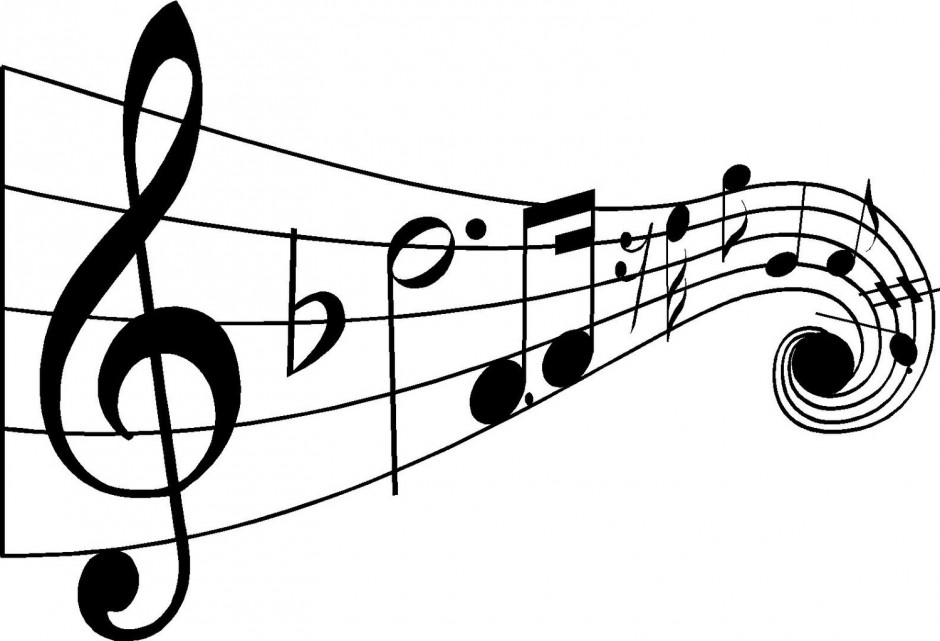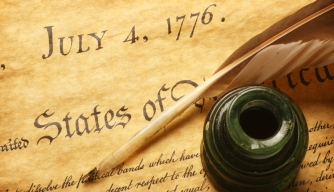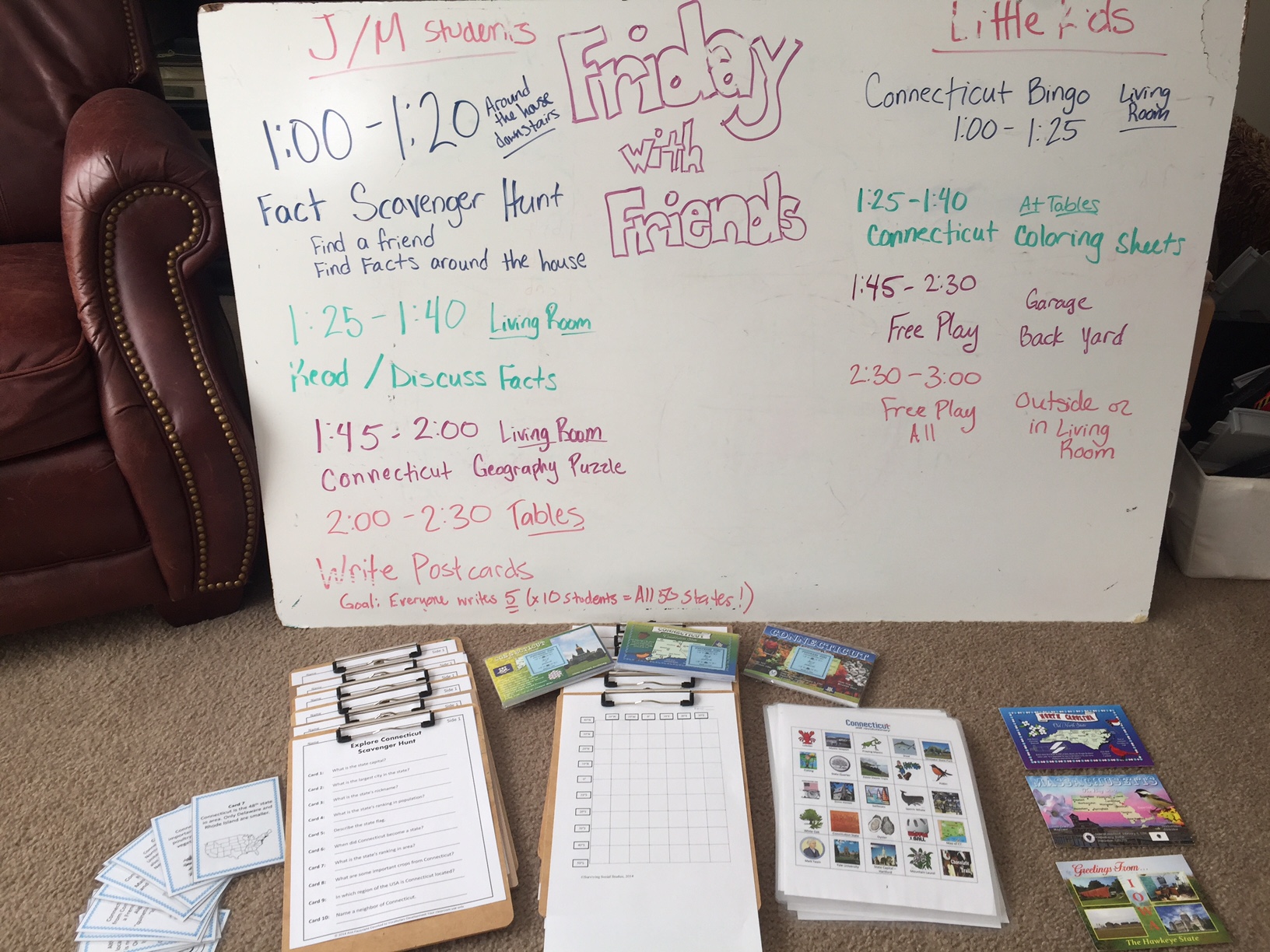Basic Preschool Music Lesson
/Here is a basic 30 minute preschool music lesson plan I like to follow, suggested activities, and other ways you can use each of the activities. Most of the songs in this lesson are from Music Togethers Family Favorite’s collections that can be accessed on YouTube, Spotify, or Pandora. I highly recommend Music Togethers teacher training.
Listening
I like to have music playing while the children come into class and find their spots to sit. They will copy basic body percussion and small movement from their seats. The music we listen to when they enter class has a concept we will be working on or will be used in the weeks to come with other activities such as instrument playing, improvising, singing, or large movement.
Hey Diddle Diddle
We used this as a listening piece as to start class. The lesson will have several songs that emphasize clapping on the off beat. Children tend to feel a subdivided beat easier so I’ll go between feeling the subdivided beat and the off beat with my movements while listening.
You may also choose to use this song to work on dynamics or as an instrument play.
Focus
Focus simply means an activity that is seated and focusing on a musical concept. This particular lesson is focusing on keeping a steady beat at different levels so this activity will follow suit with that.
Biddy Biddy
Find your head, shoulders, knees, and toes. Start by keeping the beat on each of those body parts for a whole verse of the song. Next keep the beat your head for half of the verse and move to your shoulders for the second half. Keep the beat on your knees for half then switch to your toes. Follow that with moving the steady beat from head, shoulders, knees, and toes. Then lastly move the subdivided beat from your head, shoulders, knees, and toes.
On another week I would use this as a large movement activity working on keeping both a steady and subdivided beat in my feet. I would also add times to freeze in the middle of the verse once moving feet to the beat became consistent.
Large Movement
It is important to work on keeping the beat seated, with instruments, and moving with your feet. Make sure each class has an opportunity for large movement or dancing.
Sandpiper
The sandpiper can run, play, and fly. Keep the beat in your feet and then run, play, and fly in and out with the sandpiper.
On another week you might come up with other ways for the sandpiper to move or other animals, how they move, and what that movement sounds and looks like.
Instrument Play
Playing instruments is an extension of keeping the beat in your body. Make sure to go over the rules for using each type of instrument with your students, but then allow for plenty of creativity as well. I ask my students how they think it’s ok and not ok to use each type of instrument. I let them know my expectations. Then when I hand them an instrument I allow them to explore with it until I direct the class to begin the activity. During many instrument activities I model ways to play the instrument, but also accept and include fun ideas from the students as well. The play along time at the end of each class is another great time for students to explore playing with what we have worked on during the more formal instrument play.
Stick Tune
The built in directions in this song are fantastic for guiding students to follow directions and also allowing creativity at the same time. Notice the song doesn’t say exactly how to play, clap, or wiggle, but it does give defined times to do all of those actions.
Other ways to use this song would be as a large movement, replacing, “Lets all click our sticks today,” with, “Let’s all jump around today,” and other large movement ideas.
Focus
After some fun large movement and instrument play it’s time calm back down a little and focus again. This is a great spot for a book if you like using books to teach music.
Little Blue Car
If you remember from the beginning our focus for this lesson is working intentionally on steady bead and off beat. We will move our bodies like we are driving, flying, biking while seated, then clap to the beat during the refrain.
This is also a fun large movement and instrument play song. You can use it as a focus on improvising by changing the vehicle to other vehicles, animals, or other directions.
Play Along
Music Together lessons always include a play along time and I love including this opportunity in all of my preschool classes. The play along is a time for children to choose an instrument and explore what they’ve worked on during class with it. In a typical preschool setting I put out several bins of non-pitched percussion instruments in the center of the room. When students hear the music begin they may get up and choose an instrument to play. If they want to switch instruments they must put the one they have back in the correct bin and then they may switch to any other available instrument. When the music ends the instruments must be put back in the correct bin and everyone returns to their seats. I sanitize and put the instrument bins away after the Goodbye song.
At the beginning of each school year I take a few classes to go over all of the different instruments and how the play along time works. If the children get out of hand the play along time stops and that privilege is lost for that week and maybe the next one as well.
This lesson focused on keeping a steady beat and playing on the off beat so the play along music is a fun way to encourage working on the same concepts.
Ritual
I enjoy having a set way to begin and end class. My preschool students know to always expect to come into class listening and following, and that the Goodbye song will always indicate that class is done. Having a good established routine provides structure. When the children know what to expect with the structure of class they can focus more on playing and exploring the musical concepts we are covering instead of wondering what will happen next.
Goodbye Song
Music Together has a wonderful Goodbye Song.





























